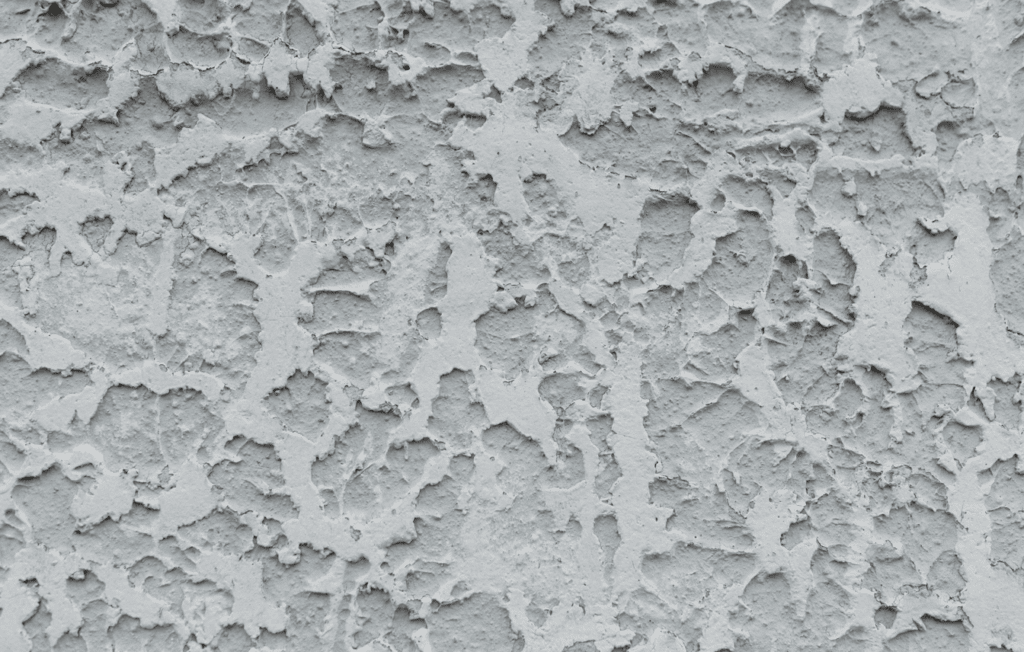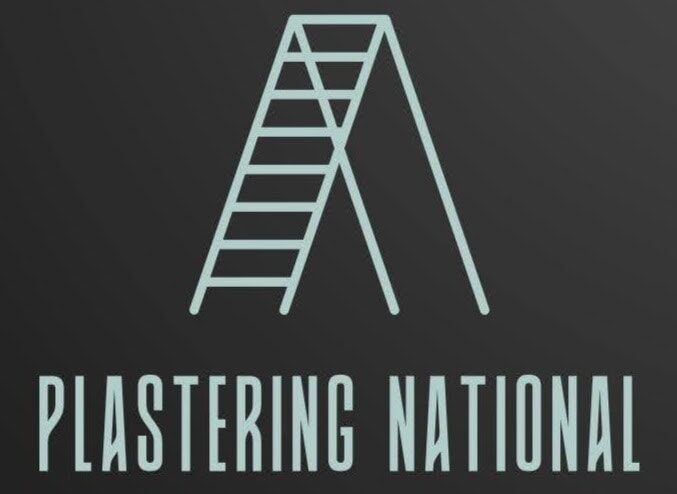Maintaining the plastered surfaces in your shop is the key to keeping its appearance fresh and professional.
Regular upkeep can prevent the effects of daily wear and tear, ensuring that your walls and ceilings remain in top condition.
This guide provides detailed steps to help you preserve the integrity of your shop’s plastered surfaces, with expert advice to support a consistent maintenance routine.
Let’s get straight to the point.
Maintaining plastered surfaces in your shop is essential to preserve their appearance and durability. Regular cleaning, inspections, and promptly addressing issues like cracks, water damage, or de-bonding can prevent long-term problems.
Using appropriate tools and applying protective coatings can further extend their lifespan. Different plaster types (gypsum, lime, cement, clay) suit various needs based on location and conditions.
Hiring a licensed plasterer with good reviews for major repairs ensures quality work. Consistent upkeep enhances your shop’s look and structural stability, making it appear more professional and well-maintained.
Understanding Plastered Surfaces
What Are Plastered Surfaces?
Plastered surfaces refer to walls and ceilings covered with a smooth layer of plaster—a mixture of cement, sand, and water.
This finish conceals imperfections and creates a solid base for decorative treatments like painting.
Plastering has been a go-to solution for enhancing the durability and aesthetics of interiors and exteriors for centuries.
Common Types Of Plaster Used In Shops
- Gypsum Plaster: Often called plaster of Paris, gypsum plaster is widely used for interior walls due to its smooth finish, quick drying time, and fire resistance.
- Lime Plaster: Made from lime, sand, and water, this plaster type is ideal for areas with high humidity. Its breathable nature makes it popular in historical restorations.
- Cement Plaster: This plaster combines cement, sand, and water and is preferred for its durability and impact resistance. It is commonly applied to exterior walls to protect against weather damage.
- Clay Plaster: Made from natural materials like clay, sand, and straw, this eco-friendly option offers natural insulation and humidity regulation. Although less common in commercial spaces, its sustainability is gaining traction.
Maintenance Tips For Shop-Plastered Surfaces
Maintaining your shop’s plastered surfaces is essential for longevity and appearance. Follow these practical tips to ensure they remain in top condition:
1. Regular Cleaning
Frequency: Clean plastered surfaces at least every three to six months.
Method:
- Use a mild detergent and a soft cloth or sponge to clean the surfaces gently.
- Avoid abrasive cleaners that could scratch or damage the finish.
- Regular dusting can prevent grime build-up, keeping the surface fresh.
Touch-Ups:
- Apply a small amount of matching paint or plaster for minor scratches or scuffs.
- Consider using a protective sealant in high-traffic areas to minimise future damage.
2. Addressing Water Damage
Immediate Action:
- Fix leaks or spills promptly to prevent moisture from seeping into the plaster.
- Check around windows, doors, and other potential leak sources regularly.
Repair Process:
- Carefully remove the damaged plaster, ensuring the underlying area is thoroughly dried.
- Apply a waterproofing solution before re-plastering to protect against future damage.
- Inspect gutters and roof areas to prevent recurring water issues.
3. Crack Prevention And Repair
Stability:
- Ensure the substrate (the base layer beneath the plaster) is secure and stable before application.
- Regularly check for signs of settling or structural shifts that may lead to cracking.
Materials:
- Use flexible joint materials to allow for slight movements and prevent small cracks.
- Reinforce high-stress areas like corners and joints with extra plaster or mesh tape.
4. Regular Inspections
Inspection Frequency:
- Conduct a detailed inspection of plastered surfaces every six months.
- Increase inspection frequency for high-traffic areas or sections exposed to extreme weather conditions.
Signs to Watch:
- Look for cracks, bubbling, or de-bonding.
- Address these issues immediately to prevent larger, more costly repairs later.
Additional Ideas For Effective Maintenance
Environment Control: Maintain stable humidity and temperature levels to prevent plaster cracking or softening.
Protective Coatings: Apply a protective finish to extend the life of plastered surfaces, especially in commercial areas with heavy use.
Professional Assessment: Schedule a professional assessment annually to identify any hidden issues that might not be visible during routine checks.
Implementing these proactive measures will ensure your shop’s plastered surfaces remain durable and attractive, adding to your business’s overall appeal.
Common Issues With Plastered Surfaces
Plastered surfaces, while durable, are not immune to problems. Identifying these issues early can prevent them from escalating into more significant repairs.
1. Cracked Plaster
Cracks can develop due to physical damage, such as impacts or natural wear and tear. Types include hairline cracks and hexagonal patterns known as “crazing.”
Small cracks can be repaired with patching compounds, but extensive damage may require professional attention.
2. Bubbling Plaster
Bubbling occurs when plaster absorbs moisture, often due to water leaks or high humidity. This issue needs immediate repair, involving the removal of the damaged plaster, thorough drying, and possibly addressing mould growth.
3. De-Bonding Plaster
De-bonding happens when plaster separates from the wall, causing it to peel or curl. Early detection allows for minor repairs, but large areas of de-bonding require more comprehensive fixes.
Proper wall preparation and bonding agents are crucial to prevent this problem.
4. Soft Plaster
Soft plaster typically results from an incorrect cement ratio during mixing, leading to a weaker surface that breaks down quickly. Adjusting the mix ratio can prevent this.
Essential Tools For Plastering Maintenance
Proper tools make all the difference when maintaining or repairing plastered surfaces. Here’s a list of essential items:
- Trowel: Important for applying plaster to walls and ceilings.
- Scraper: Useful for levelling and smoothing out plaster surfaces.
- Joint Taping Knives: These knives spread plaster over large areas, especially along joints.
- Jointing Tape: Helps to create a smooth, seamless finish by sealing gaps between plasterboard panels.
- Plastering Compounds: Includes bonding agents and finishing materials necessary for a polished look.
- Sanding Blocks and Paper: Essential for smoothing the surface before painting to ensure an even texture.
- Corner Kit: Tools like corner rollers and applicators for achieving smooth, even finishes on edges and corners.
Choosing The Right Plasterer For Repairs
When the damage to plastered surfaces goes beyond simple DIY fixes, hiring a professional plasterer is advisable. Here’s how to select the best one for your shop:
1. Preparation And Measurements
- Dimensions: Measure the area requiring repair to get accurate quotes.
- Research: Familiarise yourself with the plastering process to better understand the quotes and services offered by different contractors.
2. Licensed Professionals
Always opt for a licensed plasterer to ensure high-quality artistry and accountability. This ensures that the work meets industry standards and comes with a warranty.
3. Reviews And Recommendations
- Check Feedback: Read reviews from past clients to gauge their experiences. Focus on finding a plasterer with consistently positive feedback.
- Response to Negative Reviews: Assess how the plasterer handles complaints; a professional who addresses issues constructively is more reliable.
4. Detailed Estimates
- In-Depth Quotes: Request itemised estimates that outline the costs, materials, and time required for the job.
- Comparison: Use these quotes to compare services and pricing among different plasterers to make an informed decision.
Importance Of Regular Maintenance
Regular maintenance is the key to extending the life of your plastered surfaces and keeping them looking their best. Here are the benefits:
- Appearance: Consistent cleaning prevents discolouration and keeps your shop looking fresh.
- Water Damage Prevention: Early detection of cracks or leaks helps prevent water damage and mould growth.
- Structural Stability: Regular inspections can identify issues affecting the surface’s stability, allowing for timely repairs.
Conclusion
Maintaining the plastered surfaces in your shop involves regular cleaning, promptly addressing cracks and damage, and applying protective finishes.
Gypsum, lime, cement, and clay are common plaster types, each with advantages. Regular maintenance keeps these surfaces looking good, prevents water damage, and ensures structural integrity.
Using the right tools and choosing qualified plasterers when needed will help maintain the durability and appearance of your shop’s plastered surfaces.
By following these steps, your store can enjoy long-lasting, well-maintained plaster finishes that enhance its visual appeal and professional look.
FAQs About Plastered Surfaces
How Often Should I Clean My Shop’s Plastered Surfaces?
Regular cleaning is essential to maintain the appearance and longevity of plastered surfaces in your shop. Aim for a weekly cleaning routine to remove dust and dirt. For high-traffic areas, more frequent cleaning may be necessary.
What Cleaning Products Are Safe For Plastered Surfaces In A Shop?
It’s crucial to use non-abrasive and pH-neutral cleaning solutions. Mild soapy water or specialized plaster cleaners work well. Avoid harsh chemicals, as they can damage the plaster finish over time.
How Can I Repair Small Cracks Or Dents In Shop Plastered Walls?
For minor imperfections, start by cleaning the affected area. Apply a quality plaster patch or filler, following the manufacturer’s instructions. Sand the repaired spot gently for a seamless finish. Larger damages may require professional intervention.
Can Shop Plastered Surfaces Be Painted, And What’s The Best Way To Do It?
Yes, plastered surfaces in shops can be painted to enhance aesthetics. Ensure the plaster is fully cured, clean, and dry before applying a primer. Choose a high-quality paint suitable for plaster walls. Multiple thin coats provide better results than a single thick coat.
How Do I Prevent Mold And Mildew on Plastered Surfaces?
Maintain proper ventilation in your shop to control humidity levels. Address water leaks promptly, as damp conditions can lead to mould growth. Regular cleaning with mold-resistant products and keeping the area well-lit can also help prevent these issues.
Why Wall Preparation Matters for Plastering?
Proper wall preparation is essential for an outside wall coating to be effective and last. It provides an essential barrier against the weather and ensures the fresh plaster sticks to an even surface. The following reasons show the absolute significance of thorough wall preparation:



